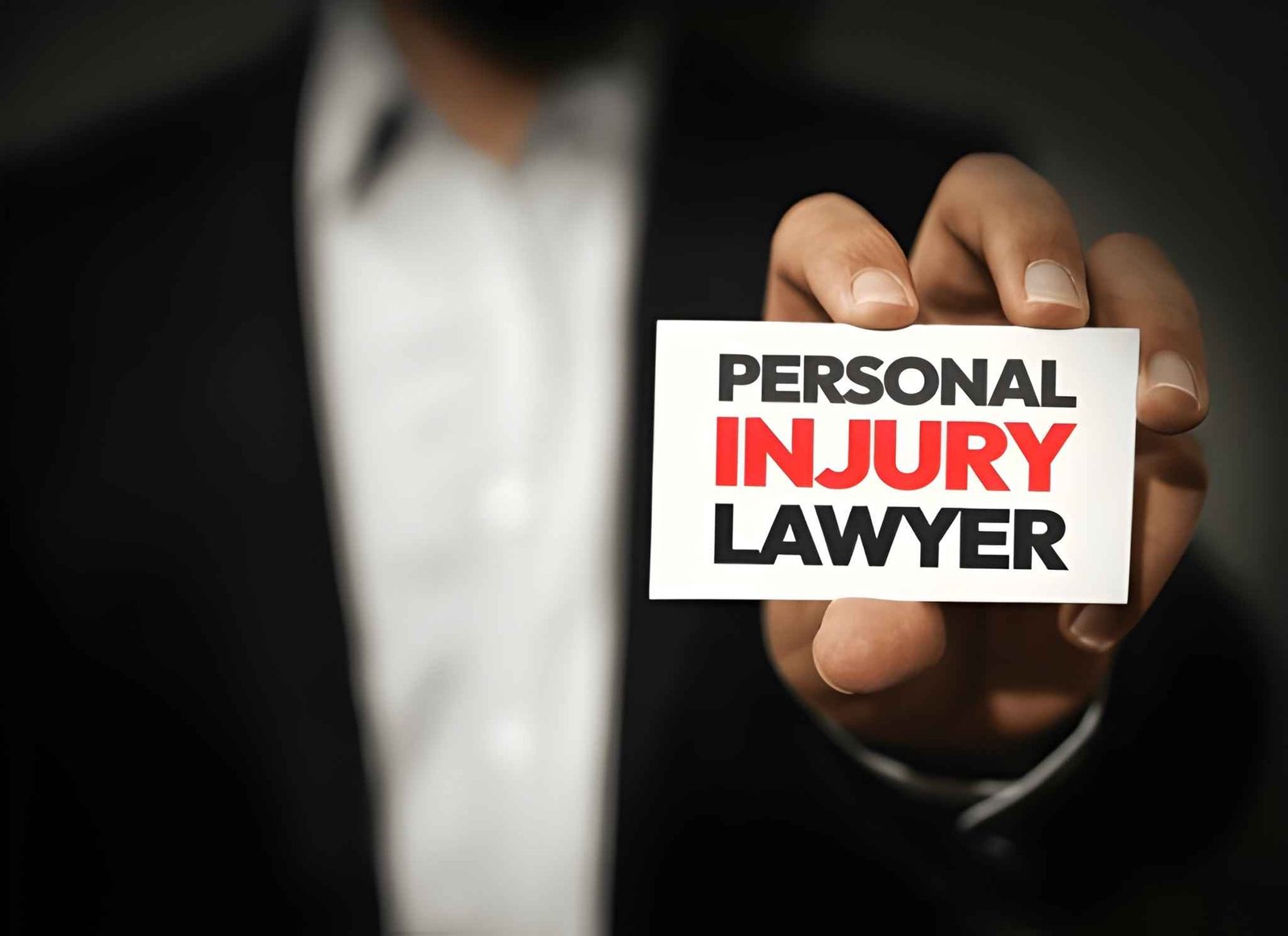
Technology continues to reshape nearly every aspect of our lives, and one of the most intriguing developments in recent years is the emergence of AI-powered dashcams. Once a simple tool for recording traffic incidents, dashcams have evolved into intelligent devices that can detect accidents, analyze driving behavior, and provide reliable evidence. For those involved in accidents, this advancement is proving invaluable when it comes to documenting events and supporting legal claims.
From Simple Recorders to Intelligent Witnesses
Traditional dashcams served one main purpose: capturing video footage of the road. While helpful, these devices often left gaps in the story. Without context, determining liability or understanding the sequence of events could be difficult.
AI dashcams, however, change that dynamic. Equipped with features such as real-time motion detection, lane departure warnings, and automatic incident tagging, these tools act as more than just cameras—they serve as intelligent witnesses. The data they collect provides a clearer picture of what happened during an accident, reducing ambiguity and strengthening evidence.
Why AI Dashcams Matter in Personal Injury Cases
When accidents occur, evidence is crucial. Photos, medical records, and witness testimony all play a role, but dashcam footage can provide an unfiltered, real-time account. AI-powered models take this a step further by including details like speed, impact force, driver alerts, and even pre-incident behavior.
This type of information can be particularly valuable when working with a personal injury lawyer. Having access to precise and objective evidence can significantly strengthen a case, helping attorneys demonstrate fault, defend against false claims, or negotiate fair settlements.
Accuracy and Reliability
One of the key advantages of AI dashcams is their accuracy. Unlike human witnesses, these devices do not suffer from lapses in memory or bias. They provide consistent, reliable accounts of incidents, making them a trusted source of evidence.
Additionally, the ability to automatically store and back up footage ensures that critical moments are preserved. Some models even use cloud storage to prevent tampering or accidental deletion, offering greater security for those who rely on the footage during legal disputes.
Changing the Role of Evidence in Court
The integration of AI dashcam footage into court proceedings is shaping how evidence is presented and evaluated. Instead of relying solely on conflicting testimonies, courts can now review video supported by analytics, such as speed calculations or pre-crash alerts. This provides judges and juries with a more objective foundation for decision-making.
For accident victims, this technological shift can reduce the stress of proving their side of the story. With clear, data-driven evidence available, there is less room for doubt or dispute.
Benefits for Drivers and Communities
Beyond their role in personal injury claims, AI dashcams also contribute to safer roads. Features like driver monitoring, fatigue detection, and collision warnings can prevent accidents before they occur. Fleets and rideshare companies are increasingly adopting these tools to protect both drivers and passengers, reinforcing their value in everyday driving.
On a community level, widespread use of AI dashcams could lead to improved traffic safety by identifying high-risk areas, common causes of accidents, and patterns of reckless driving. This data can help policymakers and city planners create safer roads for everyone.
Potential Challenges and Considerations
While AI dashcams offer many advantages, they also raise important questions. Privacy concerns, for example, are becoming more common as these devices capture not only drivers but also bystanders and passengers. Regulations around how footage can be used, stored, and shared will likely evolve alongside the technology.
There is also the question of accessibility. High-end AI dashcams may be costly, potentially limiting who can benefit from their features. However, as technology advances and becomes more mainstream, prices are expected to drop, making them more widely available.
Conclusion
The rise of AI dashcams is transforming how accidents are documented and how evidence is used in legal cases. For drivers, they provide peace of mind and enhanced safety. For attorneys, they deliver clear, objective proof that can make a decisive difference in court. If you ever find yourself in an accident, having an AI dashcam could mean the difference between a complicated legal battle and a straightforward resolution with the help of a skilled personal injury lawyer.







